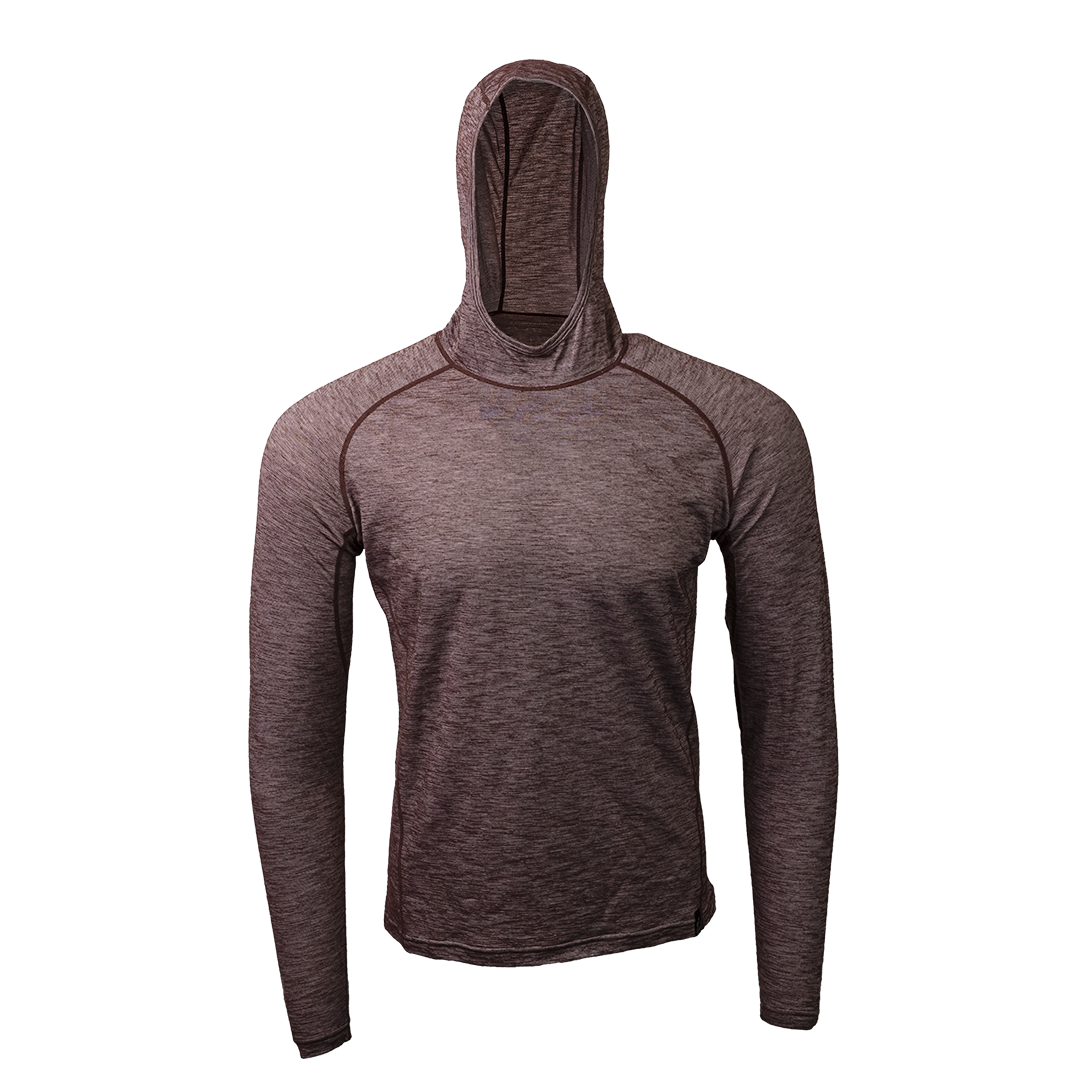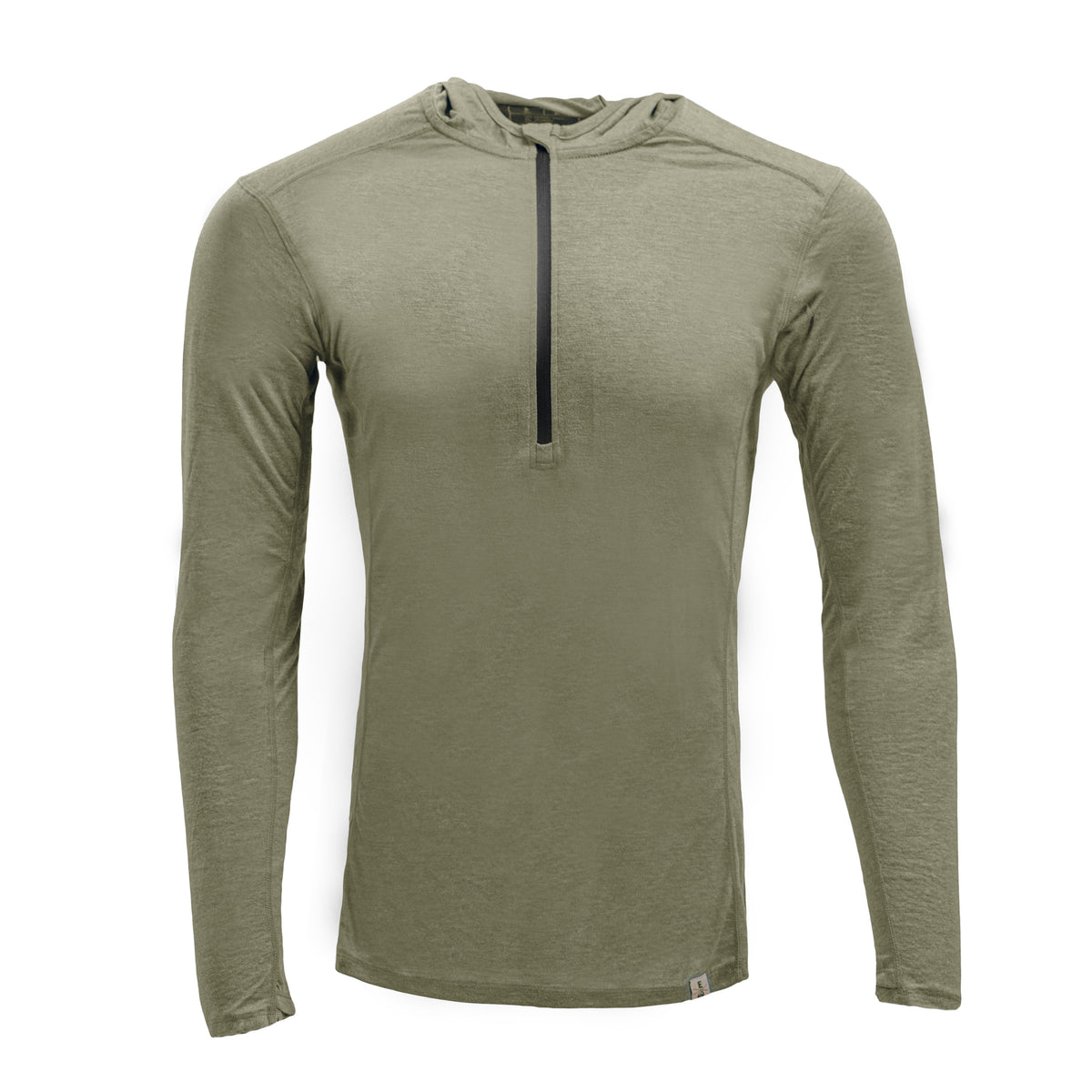The enduring discussions between Merino wool or synthetic fabrics rages on in the outdoor gear space. Nature's home grown tech versus lab-created innovation. Merino brings its moisture-wicking magic and that sweet no-stink promise to the table. Synthetics? They're tough as nails and dry faster than a puddle in Death Valley but generally stink fast. Both have their die-hard fans, and both have their critics.
When hikers debate their gear choices, few topics spark more heated discussions than the continual battle of merino wool vs synthetic fabrics.
The truth is, both materials have carved out their own devoted followings, and for good reason. Merino wool, harvested from specialized sheep breeds, boasts fibers between 15-24 microns in diameter. That's fancy talk for "really soft." Synthetics, born from petroleum byproducts, are engineered to meet specific performance needs. Merino's natural crimp structure provides exceptional insulation while remaining remarkably lightweight.
This is a pretty neat trick for a sheep's coat. Synthetics wick moisture quickly but tend to feel wet sooner - not ideal when you're miles from nowhere. In humid conditions, merino truly shines, while synthetics desperately wait for evaporation to do their thing. A snug, comfortable fit is crucial for both fabric types to perform their best.

When it comes to moisture management, merino wool performs magic - staying dry while synthetic fabrics are still waiting to catch up.
Temperature regulation is where things get interesting. Merino adapts like a chameleon to different conditions, while synthetics are more one-trick ponies. When wet, merino keeps its insulating properties. Synthetics? They turn about as warm as a wet newspaper.
But synthetics aren't without their victories. They're tougher, more durable, and easier to maintain. Merino, with wear and poor design, can develop holes faster than a Swiss cheese in a mouse convention.

The smell factor is a big one. Merino naturally fights odors, making it perfect for multi-day adventures without washing. Synthetics, on the other hand, can get pretty ripe. They'll hold onto smells like a teenager holds onto a grudge. And while synthetic fabrics might come with odor-control treatments, these eventually wash out.
Environmental factors add another layer to the debate. Merino wool biodegrades in months, while synthetics stick around for generations. Yes, recycled synthetics are becoming more common, but they're still derived from non-renewable resources. Merino production, when done right, can be sustainable. But let's be honest - both have their environmental impacts.

The choice between merino and synthetics often comes down to specific needs. Just don't expect either camp to back down from defending their favorite fabric anytime soon. I personally am team Merino, I love the comfort it provides and the anti-stink over the course of a week on trail.





